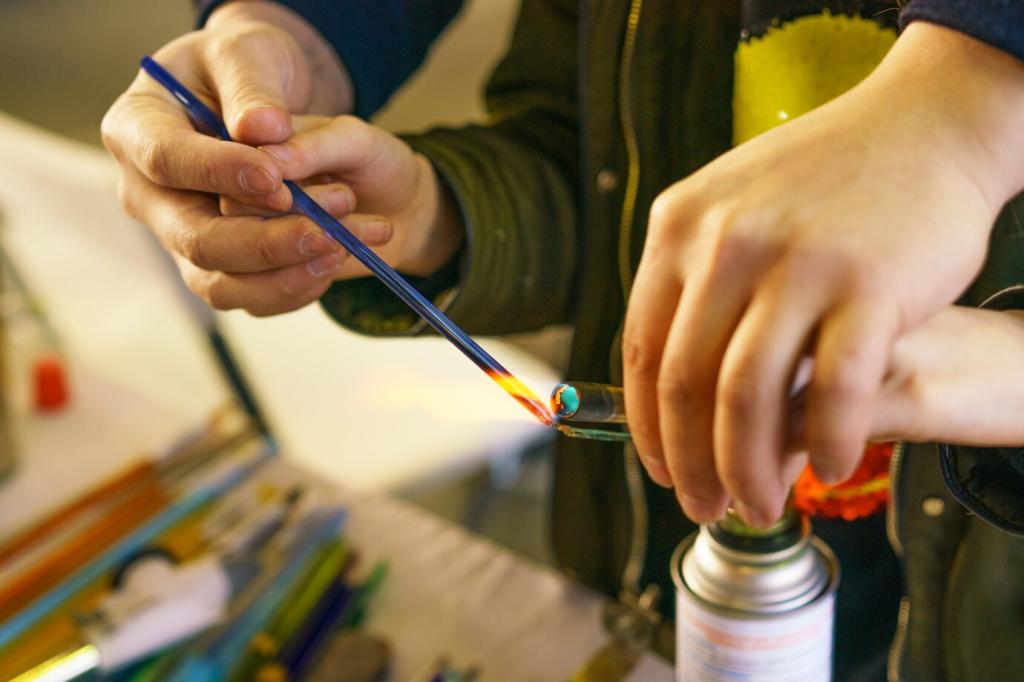Reader Stories: Honest Fixes and Lessons Learned
With guests arriving, a deep utensil scratch threatened the centerpiece table. A quick stain-marker blend, a feathered glaze, and a careful wax rub-down made the line vanish under candlelight. Share your pre-event rescue story, and subscribe for our emergency triage checklist to keep calm when time is short and wood matters most.
Reader Stories: Honest Fixes and Lessons Learned
After zoomies left tracks across maple planks, a reader used a microfiber buff, a gentle polish, and tinted hard wax to soften lines. They added felt pads and strategic runners, and trained the pup to race on rugs. Tell us how you balanced pet life with wood care, and encourage fellow readers with practical routines that stick.







